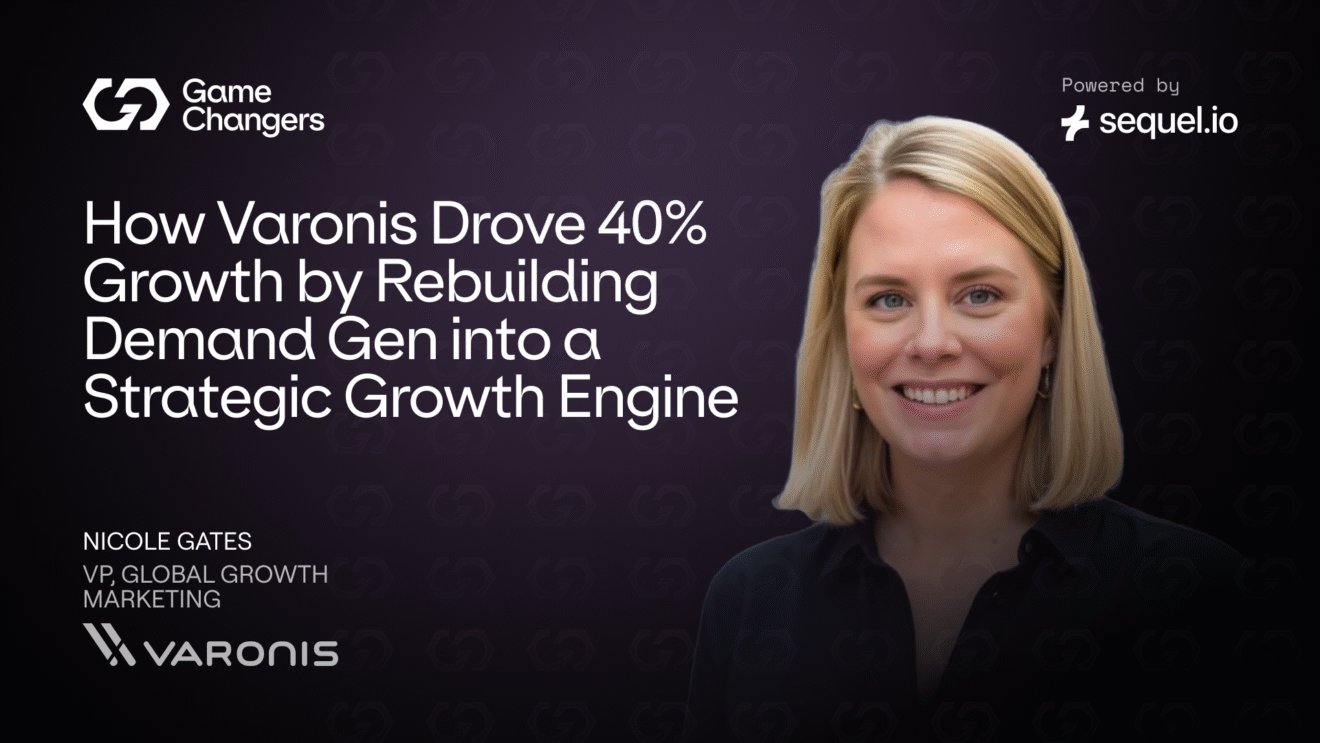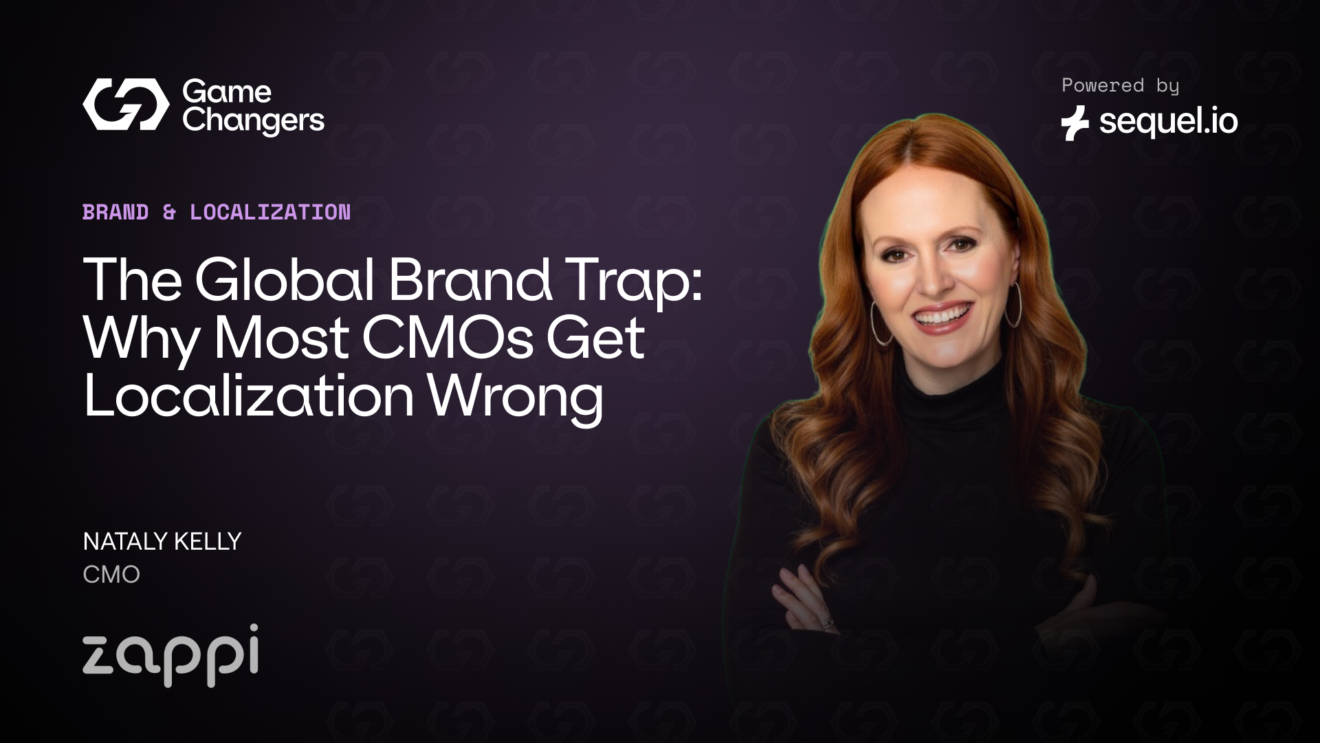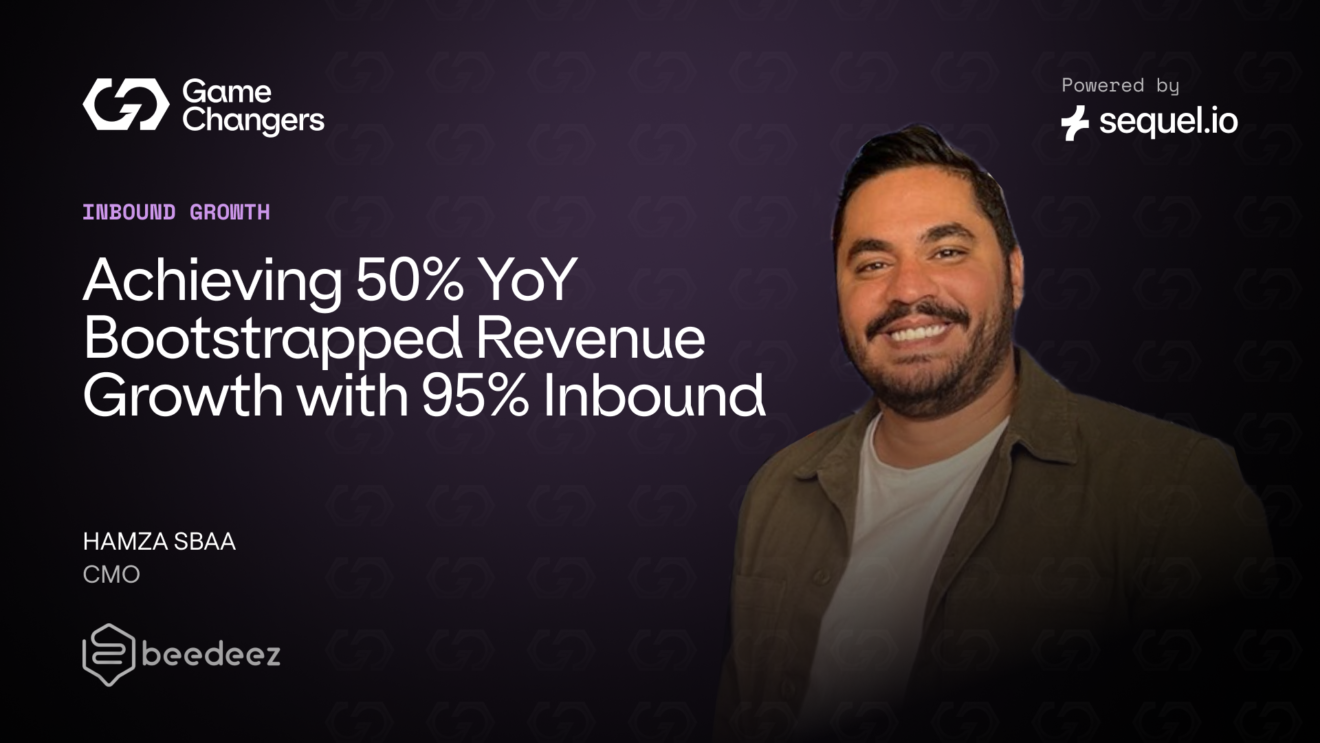Your Customer Journey is Stuck: How to Fix It with Dynamic Data Activation
Most marketers think they’re leveraging data effectively—but in reality, static campaigns and disconnected signals are slowing down the customer journey. If you’re relying on outdated automation workflows, rigid lead scoring, or fragmented intent data, you’re likely missing real opportunities to accelerate pipeline and revenue. In this Game Changers session, Andy Ramirez, SVP of Marketing at Docker, will break down how to orchestrate and activate data dynamically across channels to guide customers through the buying journey faster. Join us for a no-BS conversation on how to stop guessing, start activating, and turn data into real growth.

The modern customer journey is anything but linear—and yet, most marketing strategies are still stuck using static campaigns and rigid workflows that can’t keep up.
In a recent Game Changers session, we sat down with Andy Ramirez, SVP of Marketing at Docker, to explore how marketers can shift from collecting data to actually activating it in real time. Drawing from his engineering background and experiences at Amazon, Smartsheet, New Relic, and now Docker, Andy unpacked why so many marketing journeys stall—and how to build systems that adapt and accelerate at scale.
From Engineer to Marketer: Why Data-Led Thinking Is Critical
Andy’s journey into marketing began in IT. “I’m a recovering engineer,” he joked. But his technical background became a powerful advantage. “Everything I learned in engineering—from system design to data management—is incredibly applicable in modern marketing,” he said.
This mindset helped him bring a rigorous, systems-oriented approach to marketing. At Docker, that means treating marketing like a product: “You need analysts, ops people, and people thinking about data as infrastructure—just like a product team would.”
Static Data is Killing Your Customer Journey
According to Andy, one of the biggest misconceptions in B2B marketing today is that having a lot of data means you’re data-driven. “Most marketing teams are data-rich but insight-poor,” he said. The root of the problem? Static, underutilized data.
At Amazon, he realized the limitations of traditional automation workflows: “Even with complex MarTech setups, we weren’t prioritizing the right messages or understanding what mattered most to each customer in that moment.”
The key takeaway: collecting data isn’t enough—you need to orchestrate it dynamically and act on it in real time.
What Does Dynamic Data Activation Look Like?
At Docker, Andy is building a system that activates real-time customer signals across campaigns, products, and sales motions. Here’s what that looks like:
- Signals from Product Usage: If a company starts downloading a specific Docker image (e.g., Ryuk), it could indicate they’re exploring advanced testing. That triggers personalized campaigns and sales engagement.
- Segment-Driven Orchestration: Rather than relying on rigid campaign logic, Andy’s team tests different activation sequences to determine which combination drives the best outcome per segment.
- Prioritization with AI & Intent Data: By combining intent signals from tools like 6sense with product telemetry, Docker can filter out noise and focus on real buying signals.
Structuring the Team Around Data Activation
To bring this vision to life, Andy structured his marketing team like a product org:
- Analysts to interpret data and build insight pipelines
- Marketing Ops to manage and integrate tools
- Growth teams to act on signals in real time
- Shared ownership of data and strategy across marketing, product, and engineering
This cross-functional model ensures data isn’t siloed—and enables continuous experimentation and optimization.
Experimentation > Big Bang Initiatives
One of Andy’s biggest lessons: small, continuous wins beat massive initiatives. His approach?
“I’d rather have 101% wins than aim for a single 100% moonshot. Start small, test, iterate, and build momentum.”
At Docker, he’s applying this thinking to AI. One of the team’s 2024 experiments is using AI to help route high-value leads to sales faster—minimizing the noise and improving conversion.
Common Pitfalls to Avoid
Andy also shared mistakes marketers make when trying to become more data-driven:
- Waiting for perfect data before acting
- Hardcoding stopgaps that never get revisited
- Assuming what worked before won’t work now (without re-testing)
- Measuring vanity metrics instead of business impact
His advice: build flexibility, revisit assumptions often, and always ask—if this metric changed by 200%, would we do anything differently?
Final Advice for Marketing Leaders
If you’re looking to fix your customer journey with dynamic data activation, Andy recommends:
- Start with what you can measure—and what you want to measure.
- Build a WBR (Weekly Business Review) culture that focuses on inputs, not just outputs.
- Treat your MarTech, data, and website like products—and assign real ownership.
- Work cross-functionally with product and engineering.
- Invest in orchestration tools that help you connect Snowflake, marketing systems, and real-time actions (e.g., Hightouch).
And most importantly—don’t get paralyzed by the complexity. One experiment at a time will get you there.
Bonus: Andy’s Favorite Tools & Recommendations
- Hightouch for real-time data orchestration
- 6sense for intent data and predictive insights
- Custom-built ChatGPTs to scale ideation and content workflows





